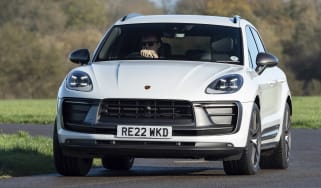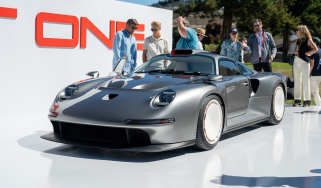The first ever Porsche was electric, and wooden
The Porsche P1, the first Porsche ever made, goes on public display at the Porsche Museum this month
The Porsche P1, Porsche’s first ever car, will be publicly unveiled in the Porsche Museum at the end of January. Known properly as the Egger-Lohner electric vehicle C.2 Phaeton model, the Porsche P1 is also the manufacturer’s first vehicle to run entirely on electricity.
The wooden wagon lookalike vehicle has sat untouched in a warehouse since 1902 and it will, according to Porsche, “Bridge the gap between past and present-day developments such as the 918 Spyder.”
The Porsche P1 was designed and built in 1898 by Ferdinand Porsche, the company’s founder, and was registered on June 26 that year. The P1 name comes from the P1, or ‘Porsche, number one,’ engravings found on each of the car’s key components.
The car weighed just 130kg and produced just 5bhp. Regulated by a 12-speed controller, the Porsche P1 had a top speed of 22mph and reached a maximum range of 80km. Another major feature was the Lohner alternating body (now missing) that, similar to modern convertible systems, adjusted the car’s body for use in summer and winter.
The Porsche P1 also foreshadowed the brand’s current reputation for class-leading performance. Its first racing test was against 19 other electric vehicles at Berlin’s International Motor Vehicle Exhibition in 1899. The Porsche P1, with Ferdinand Porsche and three passengers inside, won the race - finishing 18 minutes ahead of its nearest competitor. It also topped the exhibition’s efficiency test; recording the lowest energy consumption levels when driving through urban traffic.
The Porsche Museum’s Product and Motorsport History Museum will feature the car as its centerpiece. An audience of invited guests will see it first on Friday January 31 and regular visitors can view it free of charge between the 1st and 2nd of February.
• Porsche 911 Turbo tuned by TechArt• Porsche 918 Spyder review
Find a car with the experts







